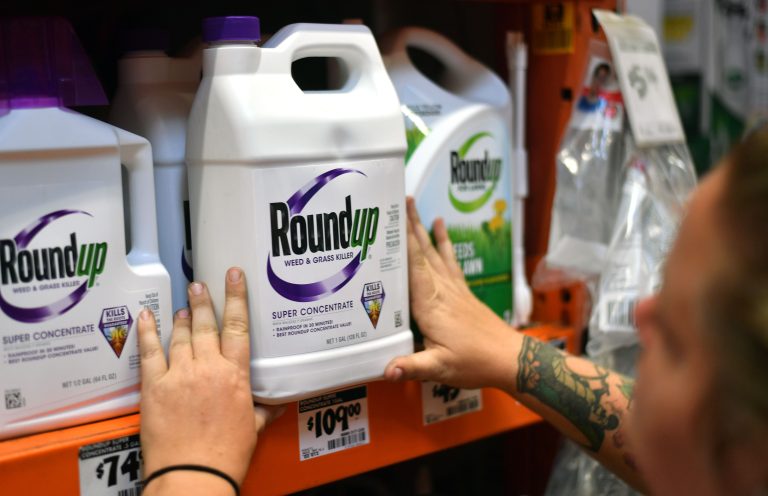A report, first published in June 2022 by a unit of the Centers for Disease Control and Prevention (CDC), found that 80 percent of urine samples drawn from both children and adults in the United States contained the cancer-causing chemical glyphosate, the active ingredient in Roundup, a herbicide widely used by both every day consumers and industrial farmers.
The study used urine samples from 2,310 American participants and found that 1,885 of them were laced with detectable traces of glyphosate.
A draft toxicological profile, published in April 2019 by the CDC, found that there was “a positive association between glyphosate use and B-cell lymphoma based on two studies … and a positive association between glyphosate use and non-Hodgkin’s lymphoma (NHL) based on six studies.”
However, the CDC only recently began examining the extent of human exposure to the chemical in the United States after concerns started to be raised over how the chemical impacts food, water and the overall environment.
In conversation with The Defender, Lianne Sheppard, a professor at the University of Washington’s department of environmental and occupational health sciences, said, “I expect that the realization that most of us have glyphosate in our urine will be disturbing to many people. We know that a large fraction of the population has it in urine. Many people will be thinking about whether that includes them.”
Success
You are now signed up for our newsletter
Success
Check your email to complete sign up
Sheppard was responsible for co-authoring a 2019 analysis that revealed that glyphosate exposure increases the risk of non-Hodgkin lymphoma and also contributed to a 2019 scientific paper that reviewed 19 studies that documented the chemical in human urine.
Read More:
- What Went Wrong With Wheat — Is This Staple Grain Making Us Sick?
- Industrial Seed Oils: A Little-Known Big Health Threat
- How Coffee and Gummy Candy Inspired Innovative Carbon Monoxide Delivery in Treatment of Gut Diseases
Alexis Temkin, a toxicologist at the Environmental Working Group (EWG), said on June 11 via a written statement that “glyphosate is the most widely used herbicide in the country, yet until now we had very little data on exposure. Children in the U.S. are regularly exposed to this cancer-causing weedkiller through the food they eat virtually every day.”
Last month, the Supreme Court rejected an attempt by Bayer to shut down thousands of lawsuits claiming the weedkiller causes cancer, CBS News reported. Roundup, a broad-spectrum glyphosate-based herbicide originally produced by Monsanto was acquired by Bayer in 2018.
In 2020, the Environmental Protection Agency (EPA) found that glyphosate “does not pose a serious health risk” and is “not likely” to cause cancer in humans, however last month a federal appeals court ordered the EPA to reexamine its findings, CBS news reported.
To date, Bayer has won four consecutive trials in state level court against people claiming they got cancer from using their product, Roundup.
The findings have raised the alarm overseas as well. Irish Senator Victor Boyhan, a member of the Oireachtas Committee on Agriculture, Food and the Marine, told Agriland that the findings were both “frightening” and “deeply concerning.”
He called for an “urgent, global response” given the impact the chemical can have on humans.
“I understand that children’s diets are the main way they are potentially exposed to the glyphosate chemical and the fact that glyphosate has been found in their urine samples needs to be examined and explained,” he said.
Glyphosate is currently approved for use in the European Union (EU) until December 15, this year, however there is an application for its continued use currently under review by the European Food Safety Authority (EFSA) and the European Chemicals Agency (ECHA).
The ECHA is due to publish its opinions and details on the matter by the end of this month.
















